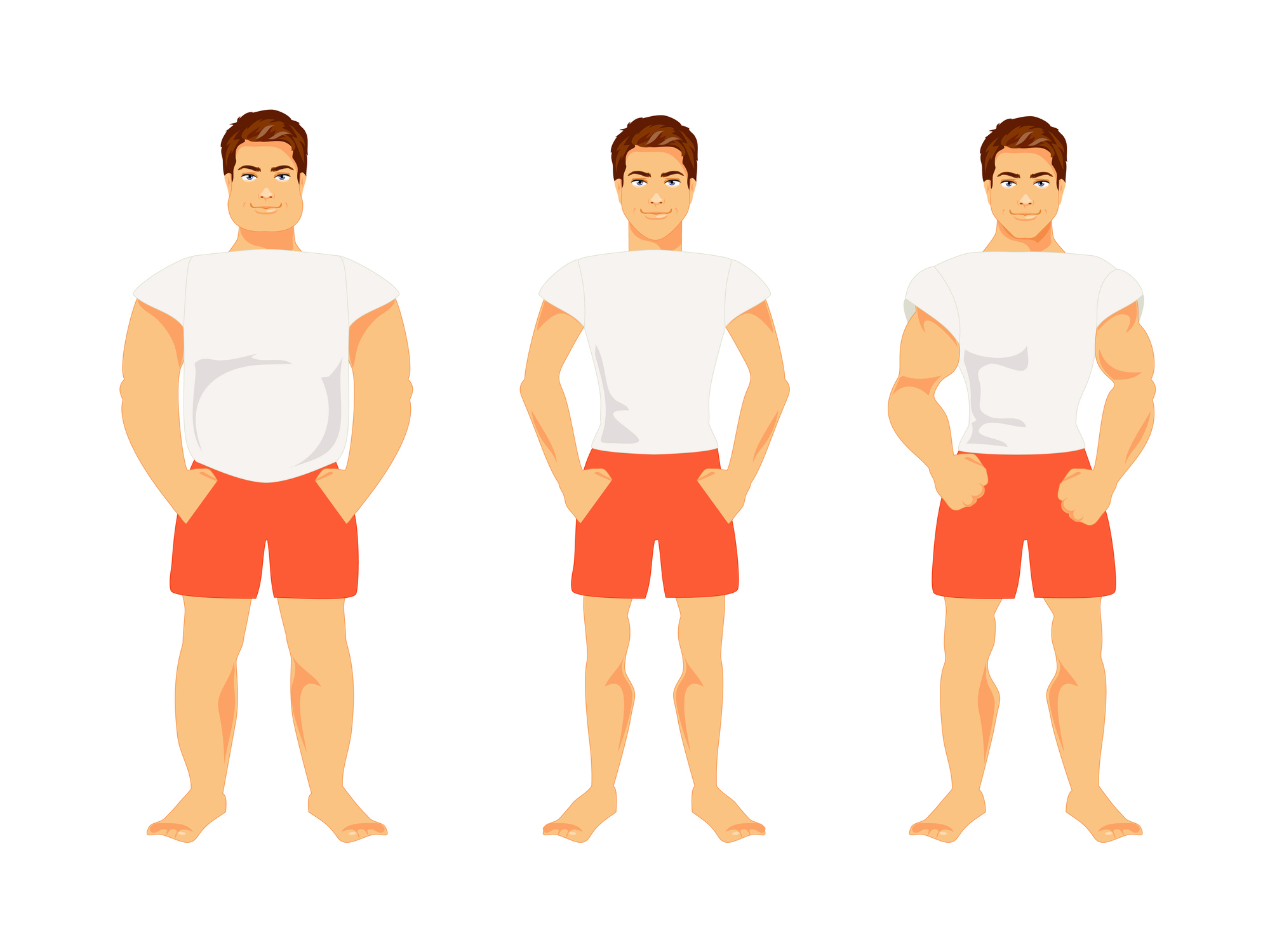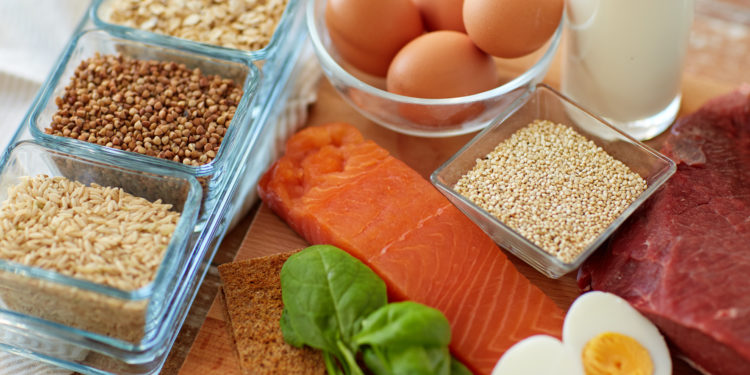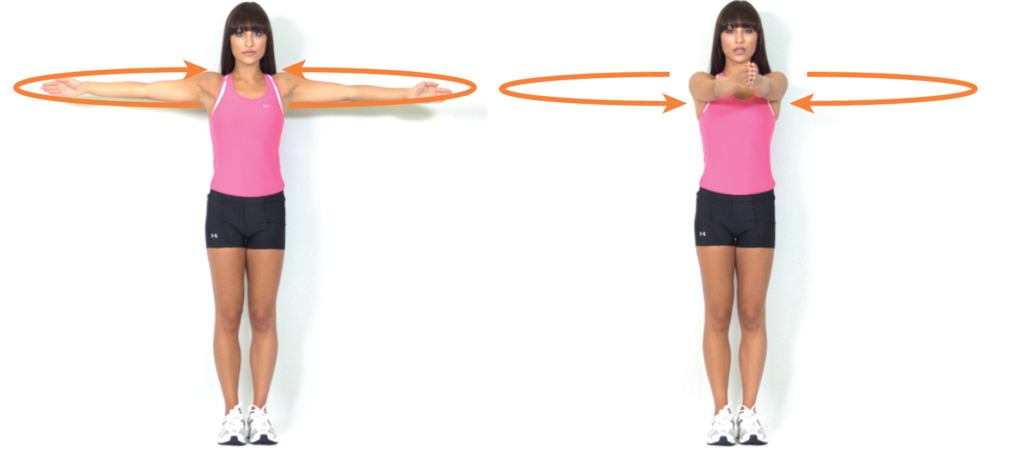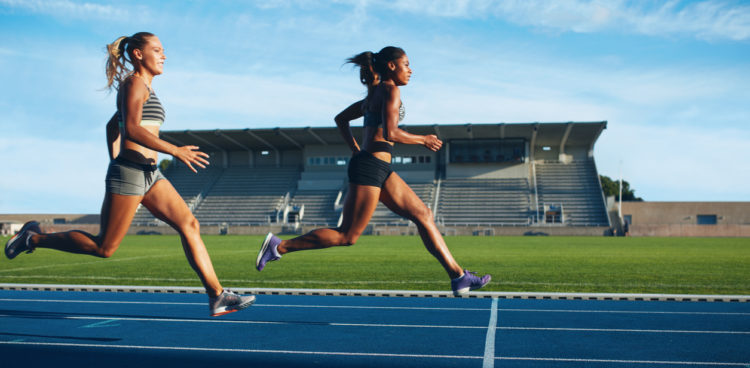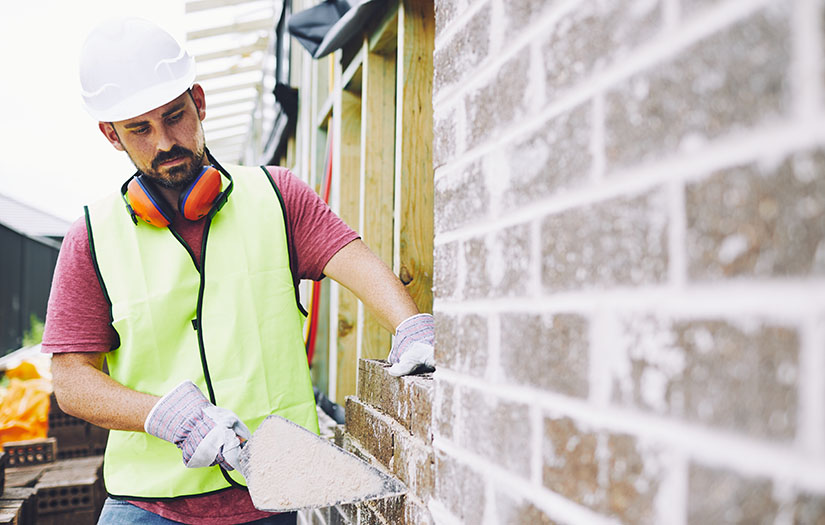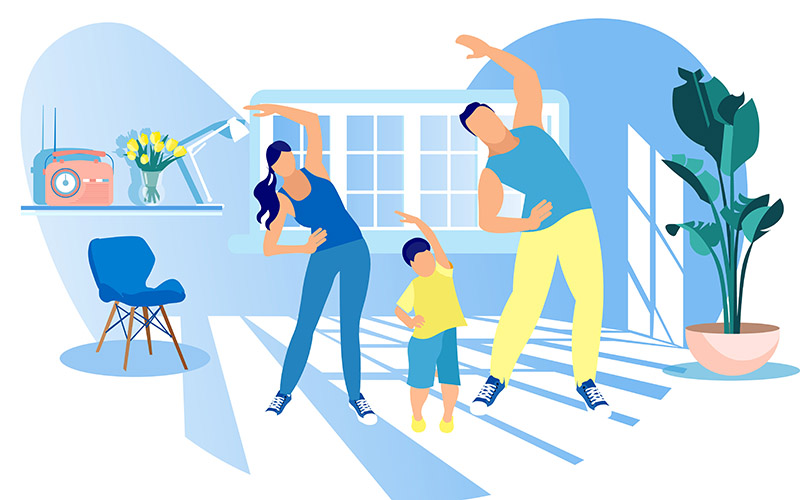The interaction of the psychological, neurological, endocrine and immune function and the influence on health is known as psychoneuroimmunology and has been studied since the mid-1970’s (Langley Fonseca, & Iphofen, 2006). Likewise, the stress-injury-stress model has been studied since the late 1980’s and includes the physical, ambiental, sociocultural, and psychological factors associated with injury (Wiese-Bjornstal & Shaffer, 1999). The following is an attempt to expose and inform the reader to the specific interactions that can play an important role in injury, illness, and recovery.
Un componente común que se aborda con lesiones y enfermedades es el estrés. Estrés es una palabra simple con un significado complejo, que se puede atribuir a factores fisiológicos (cambios fÃsicos como la presión arterial y liberación de hormonas), sociales (relación con los demás y el medio ambiente) y psicológicos (molestias diarias y estrés de eventos de la vida). (Brown, 2016; Langley, et al., 2006; Spano, 2006; Williams, 2001). Las personas que realizan ejercicio pueden tener una comprensión general del estrés y la respuesta de adaptación como lo describe Seyle (Lovallo, 2016; Seyle, 1950). En general, Seyle's Modelo de sÃndrome de adaptación general (GAS) suggests that there are 3 stages: 1) alarm, 2) resistance, and 3) exhaustion. Essentially, individuals who have been exposed to short-term stress will immediately react to stress, which is known as the fight-or-flight response and prepares the body to protect itself from harm and maintain homeostasis in the cardiovascular, musculoskeletal, and neuroendocrine systems (Dhabhar, 2014; Lovallo, 2016). Depending on the situation, stress will prepare the immune system for injury and illnesses such as wounds, allergies, cardiovascular disease, obesity, or depression (Dhabhar, 2014). Prolonged psychological distress initially causes the body to release adrenaline. During the alarm stage there is sympathetic adrenal medulla (SAM) outflow. As a direct link the sympathetic nervous system neurons will release epinephrine and norepinephrine to bind with catecholamines. As an indirect link the hypothalamic-pituitary-adrenal (HPA) axis or HPAC system will release adrenocorticotropic hormone (ACTH), which causes the adrenal gland to release cortisol (hydrocortisone) into the blood (Seyle, 1950; Torpy & Chrousos, 1997). Cortisol is a primary catabolic hormone vital for muscle breakdown, which increases protein breakdown, inhibits amino acid intake, impairs cell proliferation, inhibits muscle cell differentiation, and inhibits testosterone production (Florini, 1987). Cortisol will go to an injured area, clean out the debris, and prepare the body for new construction. If el estrés continúa, el cuerpo comienza a segregar más hormonas para defenderse de la amenaza. Básicamente, la defensa prolongada hace que el cuerpo se sienta más fatigado y no pueda descansar, relajarse y combatir el estrés. El hipotálamo envÃa señales a las glándulas suprarrenales para que liberen cortisol (Florini, 1987). El cortisol suprime aún más el sistema inmunológico y el cuerpo pierde la capacidad de curarse. Por lo tanto, si el estrés es prolongado, el cortisol continuará la respuesta catabólica y se reanudará la deconstrucción, inhibiendo la reconstrucción (Florini, 1987).
As the stress continues, then the body will try to resist the breakdown to protect itself from harm to survive (resistance stage). This stage can last for as long as necessary, days or weeks or until death (Florini, 1987). Once death of the tissue has occurred, then the individual has reached the stage of exhaustion (Lovallo, 2106). At this point the stress has been ongoing and the body’s immune system is severely impaired and can cause adverse health responses including athletic injury and emotional distress (Dhabbar, 2014; Perna & McDowell, 1995). Inflammation increases in response to the threat (Kendall-Tackett, 2015). Therefore, the immune system becomes suppressed and injury and illness ensue (Kendall-Tackett, 2015; Langley, et al., 2006; Lovallo, 2016).
En una nota positiva, si Atletas are exposed to moderate stressors with repeated exposure and the body learns to adapt to the threat, without releasing cortisol for long periods of time, then the body will endure greater strength and endurance over time, and muscle cell differentiation will take place (Forlini, 1985; Lovallo, 2016). It is when the athlete’s body is unable to adapt to the additional stressors that the body becomes susceptible to illness and injury (Forlini, 1985; Lovallo, 2016).
When an athlete has been exposed to extreme stress, whether physical, psychological, social, or a combination, and their system is unable to handle the amount of stress, then illness and injury can occur. The immune system is considered to be most unprotected or exposed 3-72 hours following an extreme workout. The window of susceptibility (WOS) is open and viruses and bacteria can settle into the cells and weaken the body (Nieman & Pederson, 1999). When the body is unable to adapt to the duration of the stress, recruitment of leukocytes, timing of the stress hormone exposure, or differential effects of glucocorticoids then the immune system become suppressed and injury or illness will transpire (Dhabha, 2014). Furthermore, repeated physical stress compounded with emotional stress sleep deprivation, malnutrition or body weight loss will make the individual more vulnerable to illness and prolong the recovery process (Nieman & Pederson, 1999).
Stress works in a cyclic fashion; when stress injury or illness occur, then the injury or illness may create additional stress, thus causing a delay in the healing process, and the pattern continues (stress-injury-stress cycle). Research has shown that the interaction of personality, history of stressors, and the coping resources will determine the stress response (Albinson & Petrie, 2003; Wiese-Bjornstal & Shaffer, 1999; Wiese-Bjornstal, Smith, Shaffer, & Morrey, 1998). The body will appraise the stress and determine whether it is a threat or not (primary cognitive appraisal). Once the body makes that determination, then the body must decide whether the coping resources available can handle the stress (secondary cognitive appraisal). These cognitive appraisals will determine whether the individual is experiencing eustress (pleasant stress) or distress (unpleasant stress) and the ability to meet or overcome the demands of the stress (Albinson & Petrie, 2003; Williams, 2000). If one is unable to handle the stress, then injury is likely to occur (Weise-Bjornstal & Shaffer, 1999; Wiese-Bjornstal, et al., 1998).
If an athlete has experienced injury, then it is not unlikely that psychological stress will emerge. Commonly reported stress following injury includes anger, depression, anxiety, tension, fear, and decreased self-esteem (Appaneal, Levine, Perna, & Roh, 2009; Appaneal, Perna, & Larkin, 2007; Reese, Pittsinger, & Yang, 2012; Wiese-Bjornstal, 2010).
Wound healing, whether associated with acute injury or post surgery, can be delayed when stress continues or is increased (Broadbent, Petrie, Alley & Booth, 2003; Brown, 2016; Cole-King & Harding, 2001). For example, research has shown that wound healing was delayed with elevated levels of depression and anxiety (Cole-King & Harding, 2001). Likewise, greater worry about surgery decreased the matrix and collagen development, increased pain, and lower levels of interleukin-1, poorer wound and slower wound healing, thus preventing regulation of the immune and inflammation responses (Broadbent, et al., 2003; Brown, 2016). Moreover, caregivers of family members with Alzheimer’s disease took significantly longer for the wound to heal than control subjects (Kiecolt-Glaser, Marucha, Malarkey, Mercado, & Glaser, 1995); and medical students with punch biopsies exposed to an exam and non-exam conditions took an average of 40% longer to heal under exam conditions (Marcucha, Kiecolt-Glaser, & Favagehi, 1998). This latter research shows that even normal stresses such as an exam can delay the wound healing process.
Once injury happens, then it is important to recognize any stressful situation and consider intervening. Various interventions such as stress inoculation training (SIT; Ross & Berger, 1996), cognitive behavioral stress management (CBSM; Perna, Antoni, Baum, Gordon & Schneiderman, 2003), stress management, goal-setting (Johnson, 2000; Wayda, Armenth-Brothers, & Boyce, 1998), relaxation (Johnson, 2000), guided imagery (Cupal & Brewer, 2001; Johnson, 2000), and social support (Williams & Appaneal, 2011) have all had successful outcomes by reducing post injury stressors and increasing psychological coping resources. Many of these interventions are employed regularly by applied sport psychologists and should be considered for referrals to assist with the recovery (Reese et al., 2012).
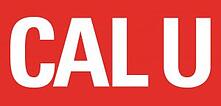 Si está interesado en obtener más información sobre los tÃtulos de Ciencias del ejercicio en lÃnea de Cal U, haga clic en aquÃ.
Si está interesado en obtener más información sobre los tÃtulos de Ciencias del ejercicio en lÃnea de Cal U, haga clic en aquÃ.
Referencias
Albinson, C.B. & Petrie, T.A. (2003). Cognitive appraisals, stress and coping: Preinjury and postinjury factors influencing psychological adjustment to sport injury. Revista de rehabilitación deportiva, 12, 306-322. Obtenido de https://www.ncbi.nlm.nih.gov/pubmed/?term=journal+of+sport+rehabilitation
Appaneal, R.N., Perna, F.M., & Larkin, K.T. (2007). Psychophysiological response to severe sport injury among competitive male athletes: A preliminary investigation. Revista de psicologÃa clÃnica del deporte, 1, 68-88. Obtenido de http://journals.humankinetics.com/journal/jcsp
Appaneal, R.N., Levine, B.R., Perna, F.M., & Roh, J.L. (2009). Measuring postinjury depression among male and female competitive athletes. Journal of Sport & Exercise Psychology, 31, 60-76. Obtenido de http://journals.humankinetics.com/journal/jsep
Broadbent, E., Petrie, K.J., Alley, P.G., & Booth, R.J. (2003). Psychological stress impairs early wound repair following surgery. Medicina psicosomática, 65, 865-869. doi: 10.1097 / 01.PSY.0000088589.92699_30.
Brown, J. (2016). El impacto del estrés en la cicatrización de heridas agudas. Revista británica de enfermerÃa comunitaria, 21. Obtenido de http://www.jcn.co.uk
Cole-King, A., & Harding, K.G. (2001). Psychological factors and delayed healing in chronic wounds. Medicina psicosomática, 63(2), 216-220. doi: 0033-3174 / 01 / 6302-0216
Cupal, D., & Brewer, B. (2001). Effects of relaxation and guided imagery onknee strength, reinjury anxiety, and pain following anterior cruciate ligament reconstruction. PsicologÃa de la rehabilitación, 46 (4), 28-43. doi: http://dx.doi.org/10.1037/0090-5550.46.1.28
Dhabhar, F.S. (2014). Efectos del estrés sobre la función inmunológica: lo bueno, lo malo y lo bello. Investigación inmunológica, 58, 193-210. doi: 10.1007 / s12026-014-8517-0.
Florini, J. (1987). Control hormonal del crecimiento muscular. Muscle & Nerve, 10, 577-598. doi: 10.1002 / mus.880100702.
Johnson, U. (2000). Intervención psicológica a corto plazo: un estudio de atletas competitivos lesionados a largo plazo. Revista de rehabilitación deportiva, 9, 207-218. Obtenido de http://journals.humankinetics.com/jsr
Kendall-Tackett, K. (2015). Arraigado en nuestra biologÃa: la psiconeuroinmunologÃa y las fronteras de la medicina cuerpo-mente. Beginnings (Asociación Estadounidense de Enfermeras HolÃsticas), 35(2), 6-11. Obtenido de https://www.ncbi.nlm.nih.gov/pubmed?term=%22Beginnings+(American+Holistic+Nurses'+Association)%22%5BJournal%5D
Kiecolt-Glaser, J.K., Marucha, P.T., Malarkey, W.B., Mercado, A.M., & Glaser, R. (1995). Slowing of wound healing by psychological stress. Lancet, 346, 1194-1196. Obtenido de http://thelancet.com
Kiecolt-Glaser, J., Page, G., Marucha, P., MacCallum, R., & Glaser, R. (1998). Psychological influences on surgical recovery: Perspective from psychoneuroimmunology. Psicólogo estadounidense, 53 (11)., 1209-1218. doi: http://dx.doi.org/10.1037/0003-066X.53.11.1209.
Langley, P., Fonseca, J., & Iphofen, R. (2006). Psychoneuroimmunology and health from a nursing perspective. Revista británica de enfermerÃa, 15(20), 1126-1129. Obtenido de http://info.britishjournalofnursing.com
Lovallo, W.R. (2016). Estrés y salud: interacciones biológicas y psicológicas. Los Ãngeles, CA: Sage.
Marucha, P., Kiecolt-Glaser, J., & Favagehi, M. (1998). Mucosal wound healing is impaired by examination stress. Medicina psicosomática, 60(3), 362-365. Obtenido de http://journals.lww.com/psychosomaticmedicine/pages/default.aspx
Nieman, D. & Pederson, B. (1999). Exercise and immune function: Recent developments. Medicina deportiva, 27(2), 73-80. doi: 10.2165 / 00007256-199927020-00001.
Perna, F., Antoni, M., Baum A., Gordon, G., & Schneiderman, N. (2003). Cognitive behavioral stress management effects on injury and illness among competitive athletes: A randomized clinical trial. Anual de Medicina del Comportamiento, 25(1), 66-73. doi: 10.1207 / S15324796ABM2501_09
Perna, F.M. & McDowell, S.L. (1995) Role of psychological stress in cortisol recovery from exhaustive exercise among elite athletes. Revista Internacional de Medicina del Comportamiento, 2(1), 13-26. doi: 10.1207 / s15327558ijbm0201_2.
Reese, L.M.S., Pittsinger, R. & Yang, J. (2012). Effectiveness of psychological intervention following sport injury. Revista de Ciencias del Deporte y la Salud, 1(2), 71-79. doi: http://dx.di.org/10.1016/j.jshs.2012.06.003.
Ross, M. & Berger, R. (1996). Effects of stress inoculation training on athletes’ postsurgical pain and rehabilitation after orthopedic injury. Revista de consultorÃa y psicologÃa clÃnica, 64 (2), 406-410. doi: http://dx.doi.org/10.1037/0022-006X.64.2.406
Seyle, H. (1950). Estrés y sÃndrome de adaptación general. Revista médica británica, 1383-1392. Obtenido de: http://www.bmj.com
Spano, J.L. (2008). Impacto de los factores estresantes de la vida en los deportistas. Terapia atlética hoy, 13(2), 42-43. Obtenido de https://www.oakwood.edu/library/index.php/joomla-extensions/92-database-info/189-athletic-therapy-today
Torpy, D.J., & Chrousos, G.P. (1997). General adaptation syndrome. In EndocrinologÃa de la enfermedad crÃtica (págs.1-24). Nueva York, NY: Humana Press.
Wayda, V., Armenth-Brothers, F., & Boyce, B. (1998). Goal setting: A key to injury rehabilitation. Terapia atlética hoy, 3(1), 21-25. Obtenido de http://www.oakwood.edu/library/index.php/joomla-extensions/92-database-info/189-athletic-therapy-today
Weise-Bjornstal, D.M. (2010). La psicologÃa y la sociocultura afectan el riesgo de lesiones, la respuesta y la recuperación en atletas de alta intensidad: una declaración de consenso. Scandinavian Journal of Medicine & Science in Sports, 20, 103-111. doi: 10.1111 / j.1600-0838.2010.01195.x.
Wiese-Bjornstal, D.M., & Shaffer, S.M. (1999). Psychosocial dimensions of sport injury. In R. Ray & D.M. Wiese-Bjornstal (Eds.). Asesoramiento en medicina deportiva (23-40). Champaign, IL: Cinética humana.
Wiese-Bjornstal, D.M., Smith, A.M., Shaffer, S.M., & Morrey, M.A. (1998). An integrated model of response to sort injury: Psychological and sociological dynamics. Revista de psicologÃa deportiva aplicada, 10 (1), 46-69. Obtenido de http://www.tandfonline.com/loi/uasp20
Williams, J. (2000). Cómo identificar y prevenir lesiones derivadas de factores psicosociales. Terapia atlética hoy, 5(6), 36-37. https://www.oakwood.edu/library/index.php/joomla-extensions/92-database-info/189-athletic-therapy-today
Williams, J. (2001). Psychology of injury risk and prevention. In R. Singer, H. Hausenblas, & C. Janelle (Eds.). Manual de psicologÃa del deporte (2Dakota del Norte ed), 766-786. New York, NY: John Wiley & Sons, Inc.
Williams, J., & Appaneal, R.N. (2011). Social support and sport injury. Terapia atlética hoy, 15(4), 46-49. Obtenido de http://www.oakwood.edu/library/index.php/joomla-extensions/92-database-info/189-athletic-therapy-today
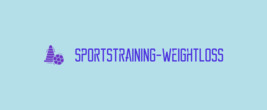


![The Causes of Stress: A Breakdown of the Physiology [Guide]](https://sportstraining-weightloss.com/hub/2494739/hubfs/causes-of-stress.jpg?width=723&name=causes-of-stress.jpg)
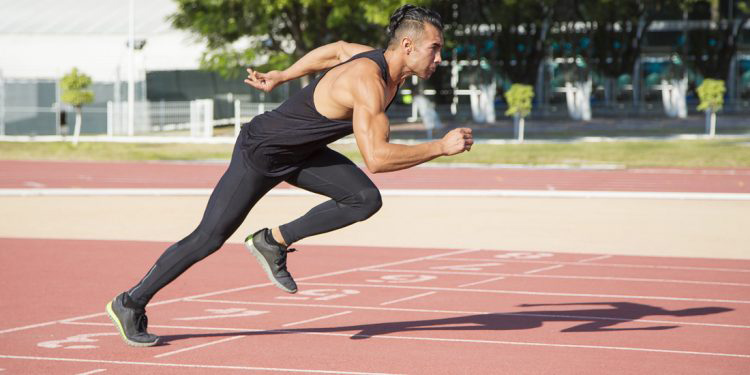
.jpg?width=330&name=Optima%20Ads_blog3%20(1).jpg)
